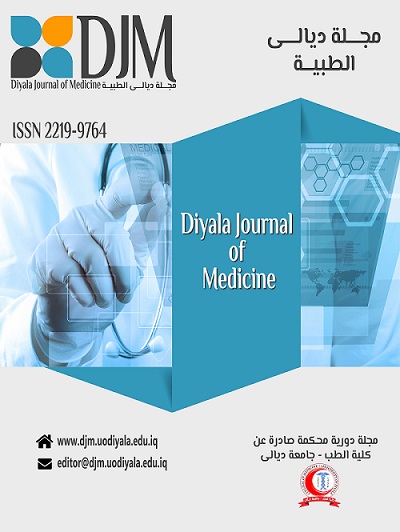Abstract
Abstract
Background: Clinical studies show strong associations between hormone
levels, particularly estrogens and the development of skin cancers. Cutaneous
melanoma is considered a hormone-related tumour; however, their role in
melanoma progression remains unclear.
Objective: To investigate the effects of a phytoestrogen-rich diet on
melanoma tumour initiation and development using a syngeneic mouse model.
Patients and Methods: Mice were fed either a phytoestrogen-rich or low
control diet and injected subcutaneously with 5 × 10⁵ syngeneic melanoma
cells (B16-F10). After 10–12 weeks, tumours and spleens were collected.
Tumour size and weight were measured, and quantitative PCR (qPCR) was
performed to analyse the expression of estrogen receptor (ER) α and β.
Regulatory T cells (Tregs) from splenocytes was assessed via flow cytometry.
Results: Mice consuming the phytoestrogen-rich diet exhibited significantly
larger tumours compared to those on the control diet. Phytoestrogens in the
diet up regulated ERβ and down regulated ERα mRNA expression in tumour
tissue. A significant increase in the proportion of splenic Tregs was observed
in tumour-bearing mice fed a phytoestrogen-rich diet.
Conclusion: This study highlights the influence of dietary composition on
tumour growth and associated immune responsiveness, emphasising the need
to account for dietary factors in experimental designs and their potential
impact on tumour biology.
Background: Clinical studies show strong associations between hormone
levels, particularly estrogens and the development of skin cancers. Cutaneous
melanoma is considered a hormone-related tumour; however, their role in
melanoma progression remains unclear.
Objective: To investigate the effects of a phytoestrogen-rich diet on
melanoma tumour initiation and development using a syngeneic mouse model.
Patients and Methods: Mice were fed either a phytoestrogen-rich or low
control diet and injected subcutaneously with 5 × 10⁵ syngeneic melanoma
cells (B16-F10). After 10–12 weeks, tumours and spleens were collected.
Tumour size and weight were measured, and quantitative PCR (qPCR) was
performed to analyse the expression of estrogen receptor (ER) α and β.
Regulatory T cells (Tregs) from splenocytes was assessed via flow cytometry.
Results: Mice consuming the phytoestrogen-rich diet exhibited significantly
larger tumours compared to those on the control diet. Phytoestrogens in the
diet up regulated ERβ and down regulated ERα mRNA expression in tumour
tissue. A significant increase in the proportion of splenic Tregs was observed
in tumour-bearing mice fed a phytoestrogen-rich diet.
Conclusion: This study highlights the influence of dietary composition on
tumour growth and associated immune responsiveness, emphasising the need
to account for dietary factors in experimental designs and their potential
impact on tumour biology.
Keywords
Flow cytometry
Murine melanoma tumours
Phytoestrogen
T-regulatory cells
